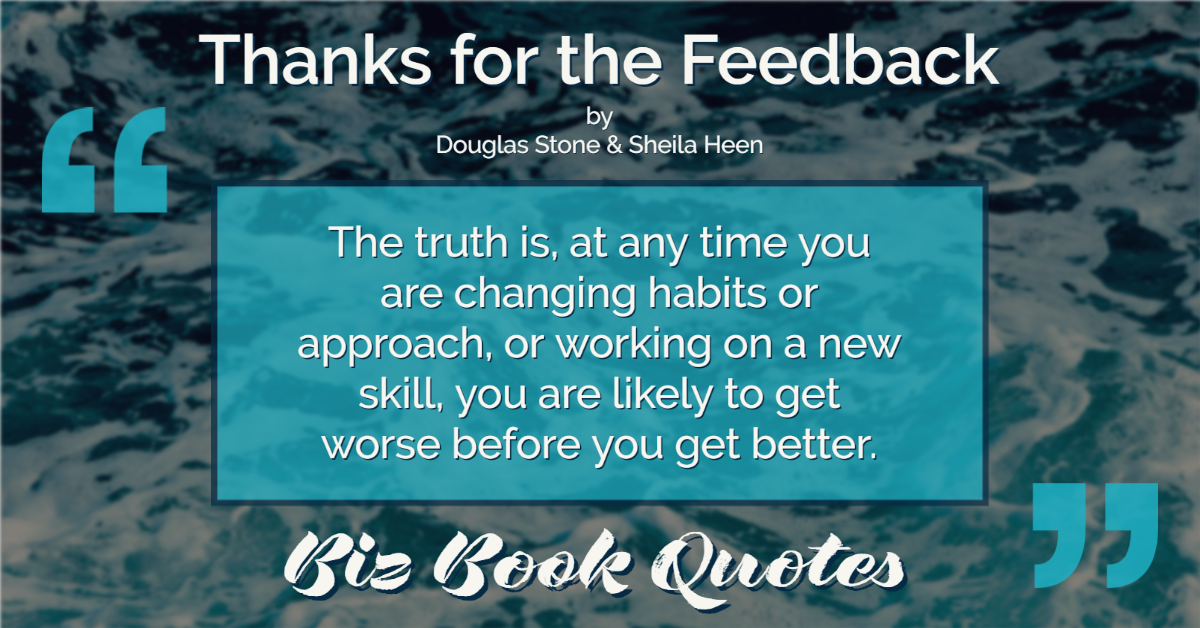 |
The truth is, at any time you are changing habits or approach, or working on a new skill, you are likely to get worse before you get better.
|
272 |
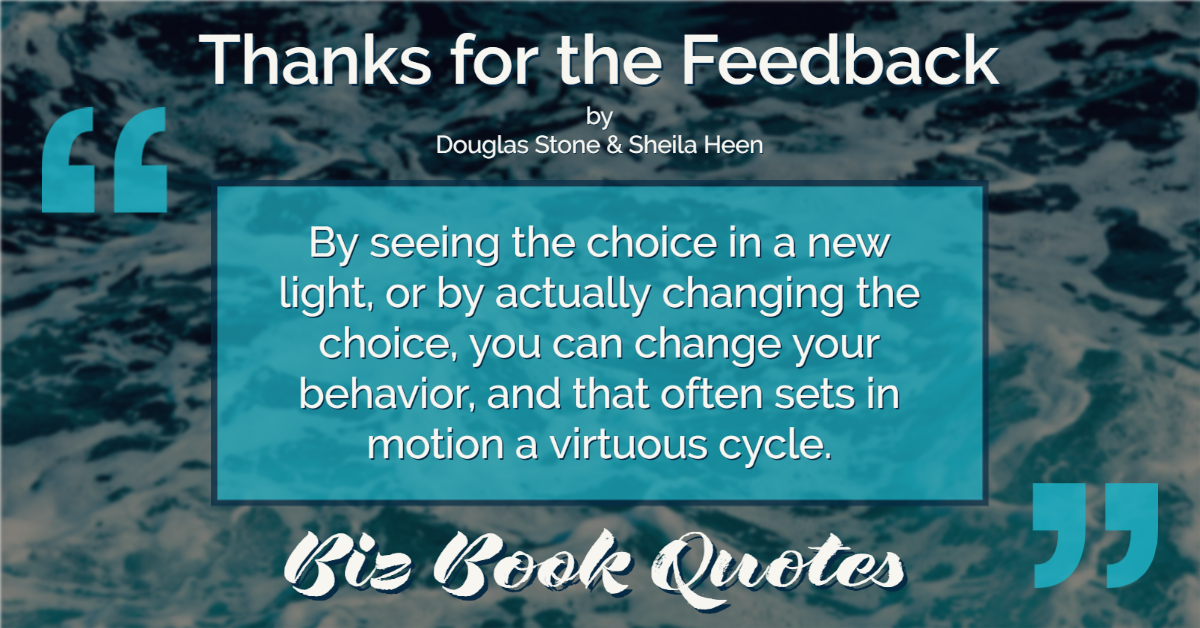 |
By seeing the choice in a new light, or by actually changing the choice, you can change your behavior, and that often sets in motion a virtuous cycle.
|
273 |
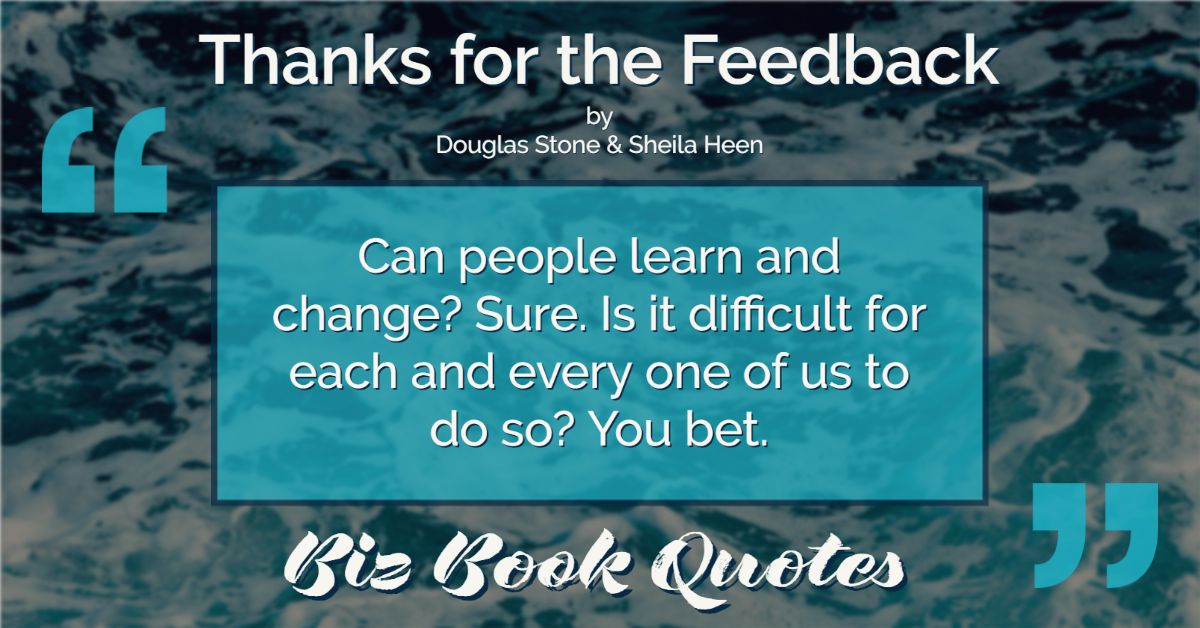 |
Can people learn and change? Sure. Is it difficult for each and every one of us to do so? You bet.
|
292 |
 |
…the grittier an individual is, the fewer career changes they’re likely to make.
|
112 |
 |
So, interest – the desire to learn new things, to explore the world, to seek novelty, to be on the lookout for change and variety – it’s a basic drive. – Paul Silvia
|
114 |
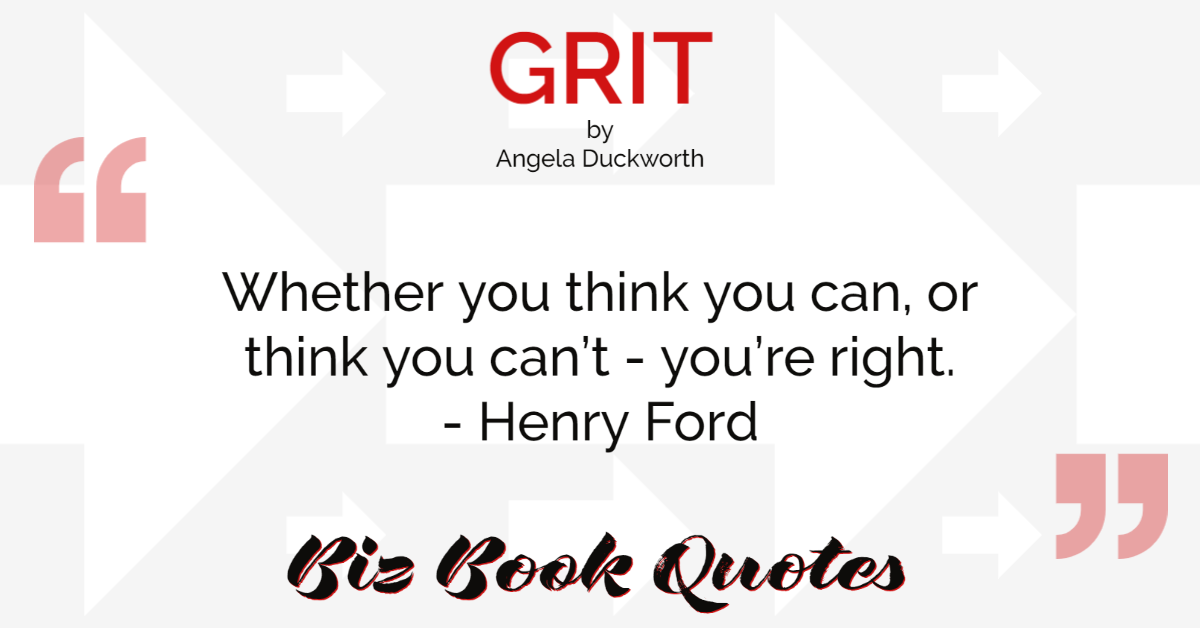 |
When you keep searching for ways to change your situations for the better, you stand a chance of finding them. When you stop searching… you guarantee they won’t.
|
178 |
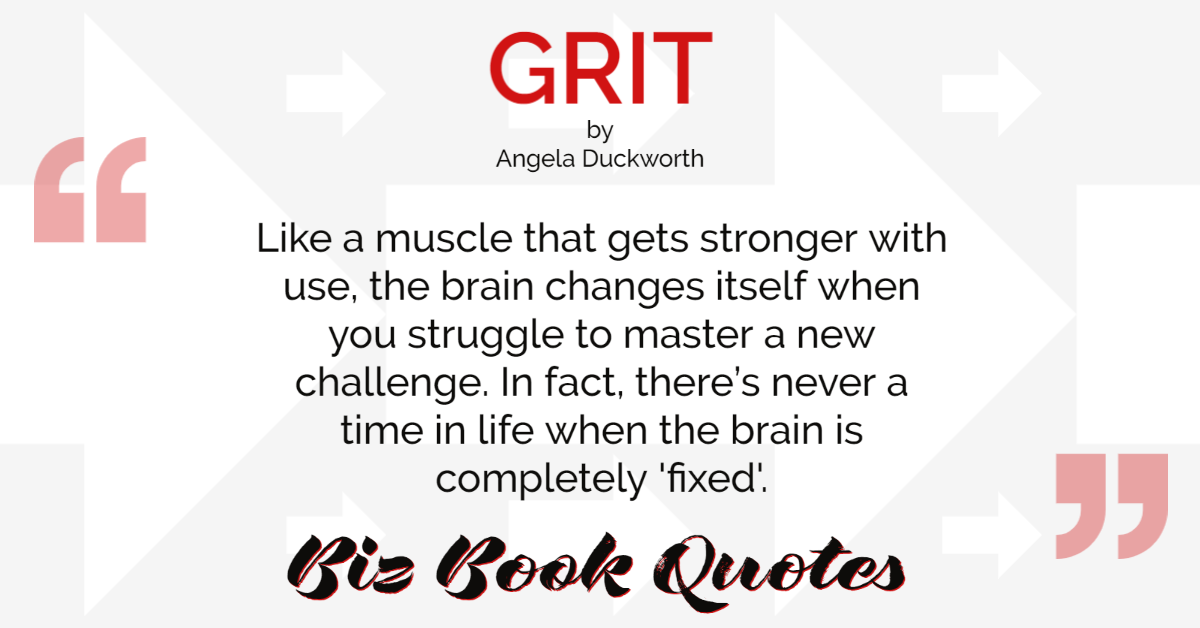 |
Like a muscle that gets stronger with use, the brain changes itself when you struggle to master a new challenge. In fact, there’s never a time in life when the brain is completely ‘fixed’.
|
192 |
 |
With patience and guidance, you can change the way you think, feel, and most important, act when the going gets rough.
|
193 |
 |
Emotional agility is a process that allows you to be in the moment, changing or maintaining your behaviors to live in ways that align with your intentions and values.
|
11 |
 |
…labeling our emotions… They can be beacons, not barriers, helping us identify what we care about and motivating us to make positive changes.
|
85 |